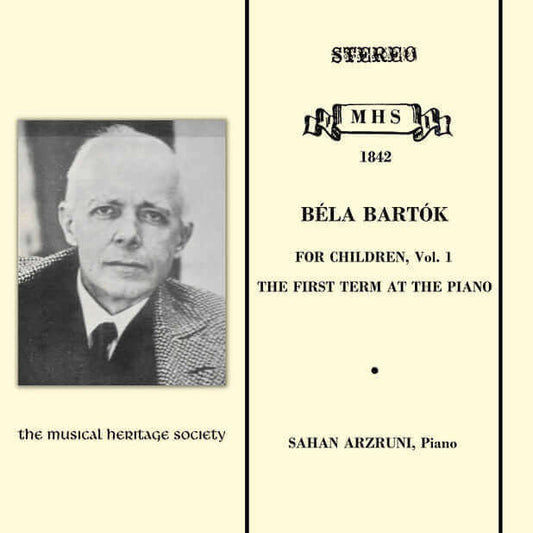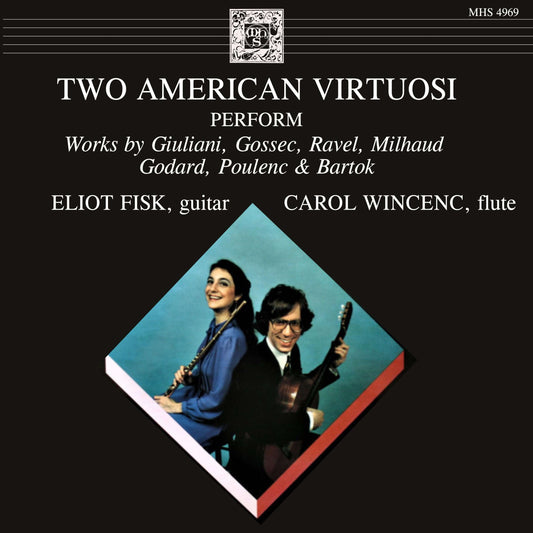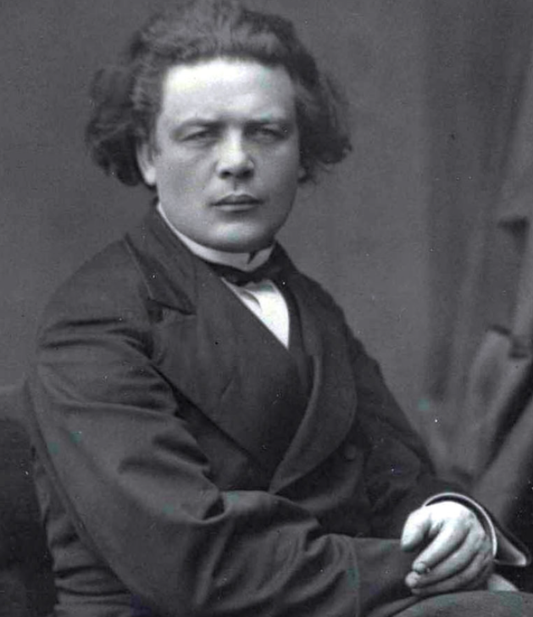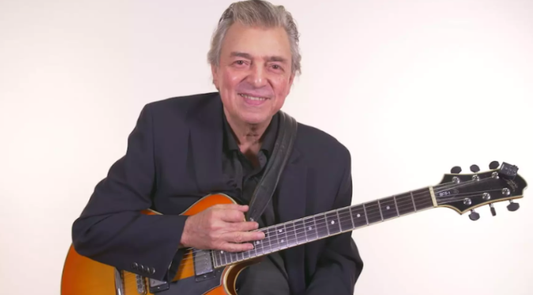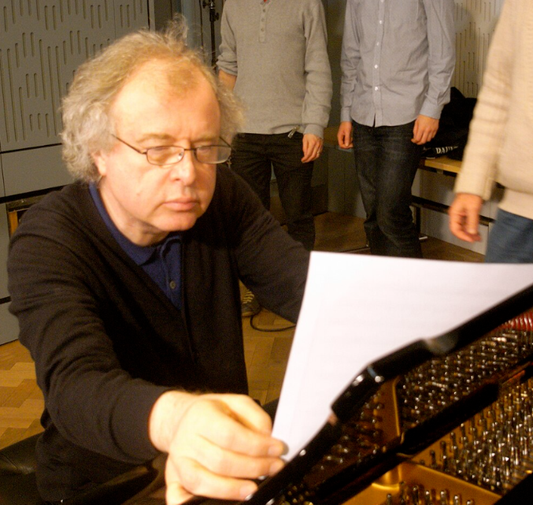Collection: BELA BARTOK (1881-1945)
Béla Bartók (1881-1945) stands as one of the titans of 20th-century music, a profoundly original Hungarian composer, virtuosic pianist, and pioneering ethnomusicologist whose work fundamentally reshaped the musical landscape. His unique genius lay in his ability to meticulously research and absorb the authentic folk music of Eastern Europe and synthesize its essence with the complex harmonic language and structural innovations of musical modernism.
Born in Nagyszentmiklós, Austria-Hungary (now Sânnicolau Mare, Romania), Bartók displayed early musical talent, encouraged by his pianist mother. He studied piano and composition at the Royal Academy of Music in Budapest, initially influenced by the late Romanticism of Brahms and the nationalist fervour of Liszt, as well as the burgeoning modernism of Richard Strauss. However, a pivotal moment occurred around 1904-1905 when he first encountered genuine Magyar peasant music, a stark contrast to the sentimentalized gypsy tunes popular at the time.
This discovery ignited a lifelong passion. Collaborating closely with fellow composer Zoltán Kodály, Bartók embarked on extensive field trips across Hungary, Romania, Slovakia, and later North Africa and Turkey. Armed with early Edison phonograph cylinders, they painstakingly collected, transcribed, and systematically classified thousands of folk melodies. This wasn't mere academic curiosity; Bartók believed this music held the key to revitalizing Hungarian art music and offered a powerful alternative to the German Austro-dominated tradition.
This deep immersion in folk music profoundly transformed Bartók's compositional voice. He moved beyond simple quotation, internalizing the unique rhythmic vitality (often asymmetric and driving), modal scales, specific melodic contours, and parlando-rubato (speech-like) rhythms of the source material. His music became characterized by percussive piano writing, complex polyphony, biting dissonances, innovative approaches to harmony (including polytonality), and intricate formal structures, often favouring symmetrical or arch forms (like palindromes).
His output spans numerous genres. Early works like the opera Duke Bluebeard's Castle (1911) and the ballet The Wooden Prince (1917) show his developing style. The controversial and expressionistic ballet The Miraculous Mandarin (1919) demonstrated his uncompromising modernism. His six String Quartets are considered cornerstones of the genre, tracing his stylistic evolution from folk-inflected Romanticism to intense, concentrated modernism. Other masterpieces include the Music for Strings, Percussion and Celesta (1936), with its masterful use of timbre and structure, the dynamic Sonata for Two Pianos and Percussion (1937), and the pedagogical collection Mikrokosmos (1926-1939), 153 graded piano pieces exploring technical and compositional ideas.
A staunch anti-fascist, Bartók was deeply disturbed by Hungary's growing alignment with Nazi Germany. He ceased performing in Germany after 1933 and eventually, feeling creatively and personally stifled, emigrated with his second wife, Ditta Pásztory-Bartók, to the United States in 1940. His American years were marked by financial hardship, relative neglect by the musical establishment, and declining health due to leukemia.
Despite these challenges, his final years saw a late creative surge, spurred by commissions. This period produced some of his most accessible and enduring works: the brilliant Concerto for Orchestra (1943), commissioned by Serge Koussevitzky for the Boston Symphony Orchestra, the lyrical Piano Concerto No. 3 (1945), intended as a gift for his wife, and the Sonata for Solo Violin (1944) for Yehudi Menuhin. He left a Viola Concerto unfinished at his death in New York City in 1945.
Béla Bartók's legacy is immense. He demonstrated how indigenous folk traditions could be a potent source for sophisticated art music, paving the way for countless composers worldwide. His rigorous ethnomusicological work set new standards for the field. As a composer, his uncompromising artistic vision, technical mastery, and unique fusion of raw, primal energy with intellectual rigor created a body of work that remains profoundly expressive, challenging, and vital.

